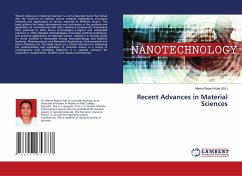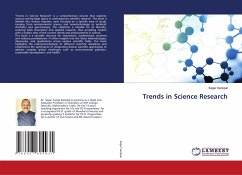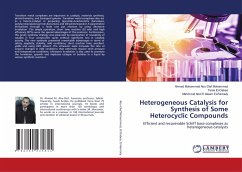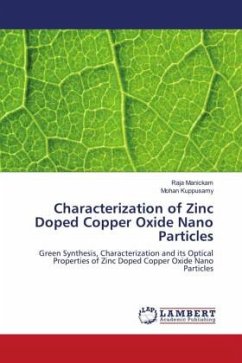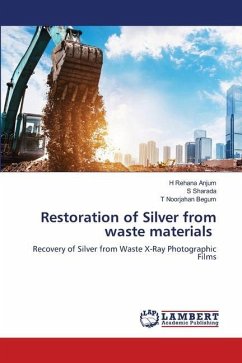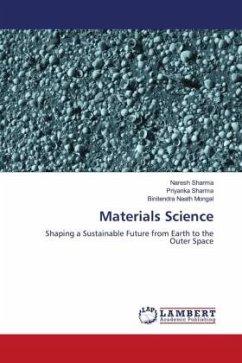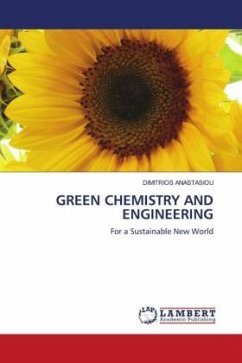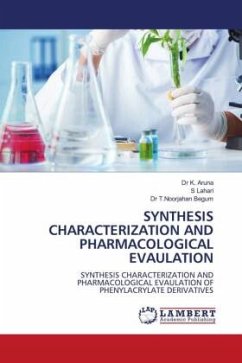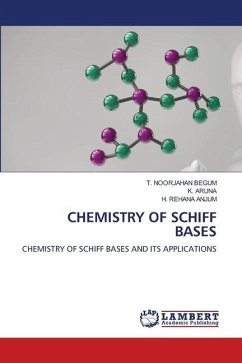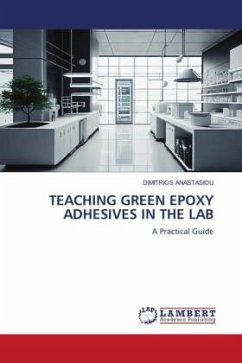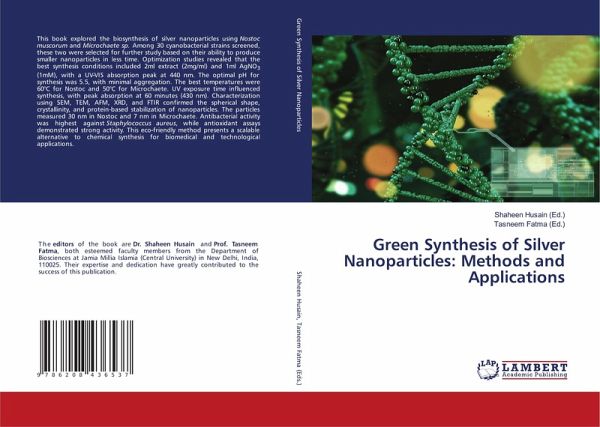
Green Synthesis of Silver Nanoparticles: Methods and Applications
Versandkostenfrei!
Versandfertig in 6-10 Tagen
53,99 €
inkl. MwSt.

PAYBACK Punkte
27 °P sammeln!
This book explored the biosynthesis of silver nanoparticles using Nostoc muscorum and Microchaete sp. Among 30 cyanobacterial strains screened, these two were selected for further study based on their ability to produce smaller nanoparticles in less time. Optimization studies revealed that the best synthesis conditions included 2ml extract (2mg/ml) and 1ml AgNO3 (1mM), with a UV-VIS absorption peak at 440 nm. The optimal pH for synthesis was 5.5, with minimal aggregation. The best temperatures were 60°C for Nostoc and 50°C for Microchaete. UV exposure time influenced synthesis, with peak abs...
This book explored the biosynthesis of silver nanoparticles using Nostoc muscorum and Microchaete sp. Among 30 cyanobacterial strains screened, these two were selected for further study based on their ability to produce smaller nanoparticles in less time. Optimization studies revealed that the best synthesis conditions included 2ml extract (2mg/ml) and 1ml AgNO3 (1mM), with a UV-VIS absorption peak at 440 nm. The optimal pH for synthesis was 5.5, with minimal aggregation. The best temperatures were 60°C for Nostoc and 50°C for Microchaete. UV exposure time influenced synthesis, with peak absorption at 60 minutes (430 nm). Characterization using SEM, TEM, AFM, XRD, and FTIR confirmed the spherical shape, crystallinity, and protein-based stabilization of nanoparticles. The particles measured 30 nm in Nostoc and 7 nm in Microchaete. Antibacterial activity was highest against Staphylococcus aureus, while antioxidant assays demonstrated strong activity. This eco-friendly method presents a scalable alternative to chemical synthesis for biomedical and technological applications.





